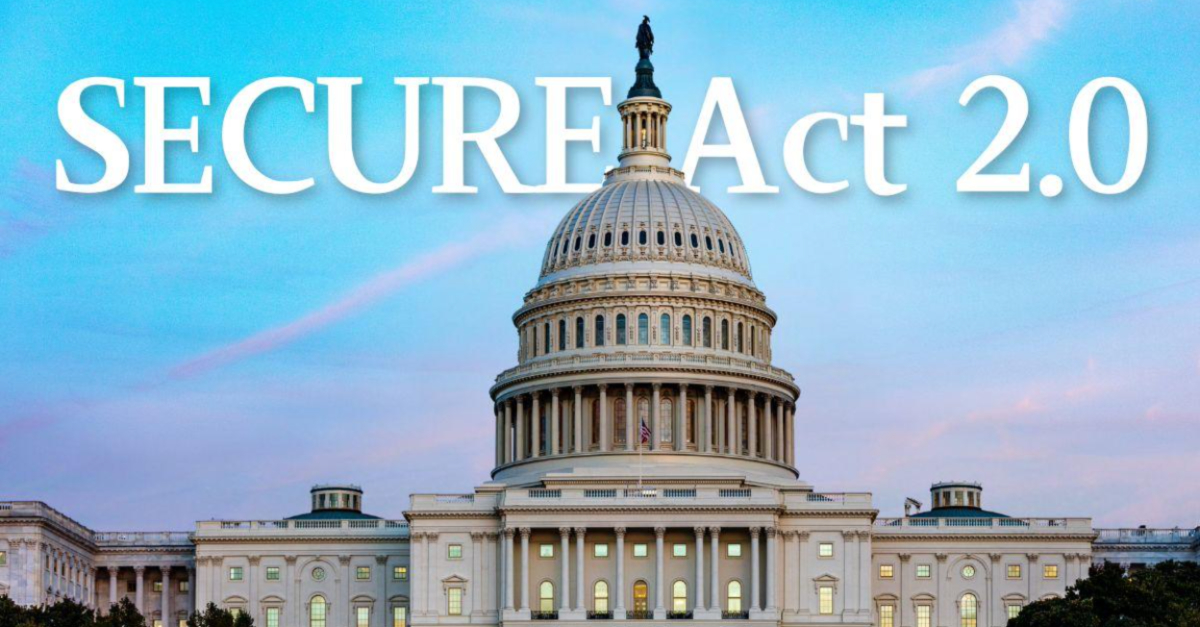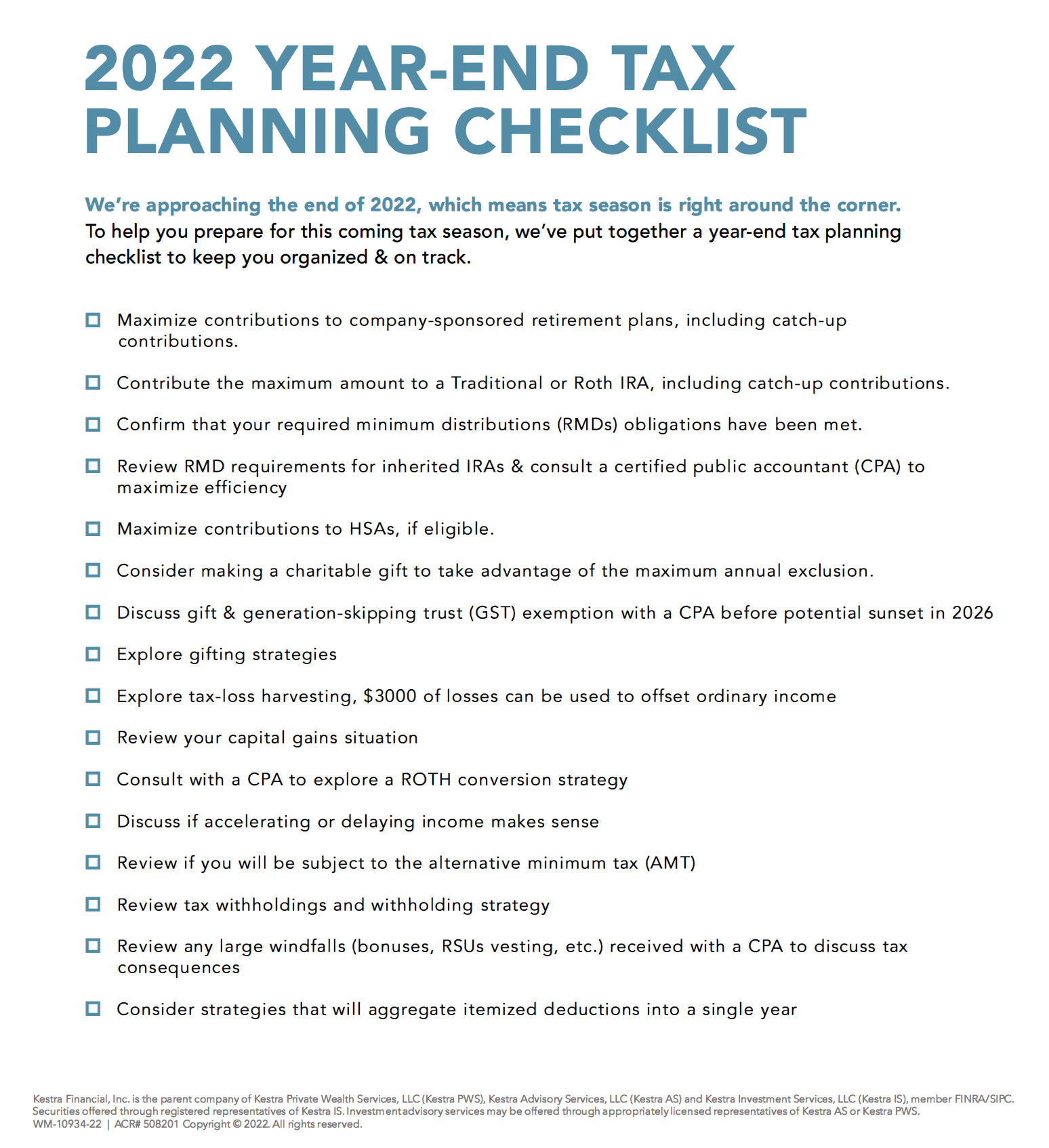As we enter the traditional wedding month of June, we wanted to explore the range of expenses that can be related to this special event.
Continue readingInvesting in a Presidential Election Year
As the presidential race heats up, there is a common question on investors’ minds: “How might the looming White House vote impact the markets?”
Continue readingSecure Act 2.0 | Special Needs Trusts
Markets In A Minute | History Lessons: Market Performance in Presidential Election Years
One month into the new year, and one thing’s for certain: The presidential election will continue to grab headlines and grip the nation’s attention for the better part of 2024. How might this impact investors in terms of perceptions and actual market performance? We explore these questions, in the context of historical data, in this week’s Markets in a Minute.
Continue readingMarkets In A Minute | A Better Balance: Market Review and Outlook
As we look down the open road of a new year, the question is whether the rally that began in 2023 will continue into this year. While there are still plenty of risks (more on this below), there are good reasons to believe the rally has staying power. Still, investment opportunities may look different this year if, as we expect, the rally broadens to sectors and smaller companies that have lagged.
Continue readingMarkets In A Minute | The Impact of Interest Rates on the Economy: How Long and How Variable?
Today we so often hear central bankers discuss “long and variable lags” in monetary policy that it almost appears cliché. But it wasn’t always understood that way.
Continue readingMarket Outlook Webinar | CWT & BlackRock
This year has presented us with a number of challenges that continue to have a meaningful impact on our investments. As 2022 comes to a close, what might be in store for financial markets?
Continue reading2022 Year-End Tax Planning Checklist
We’re approaching the end of 2022, which means tax season is right around the corner. To help you prepare for this coming tax season, we’ve put together a year-end tax planning checklist to keep you organized & on track.
Continue readingPlanning for Tax Year End | Charitable Gifting
As the year draws to a close, you and your accountant may decide that itemizing deductions can be the right strategy for you.
Continue readingRetiring as a Small Business Owner | 5 Key Steps
Planning for retirement as a small business owner comes with its own set of challenges, and the earlier you begin preparing for the transition, the better.
Continue reading










